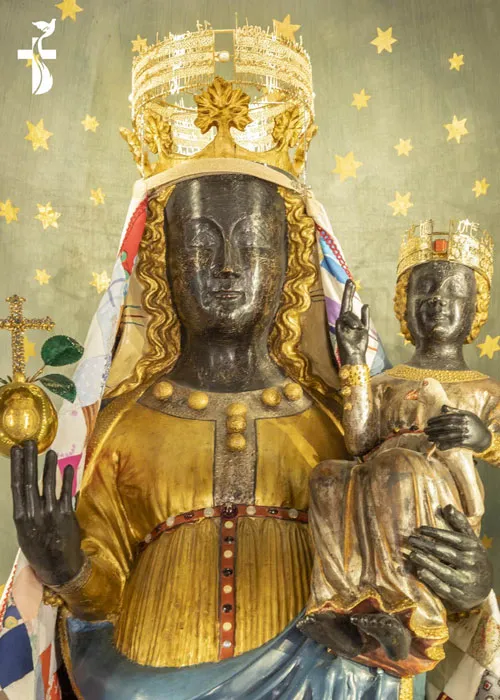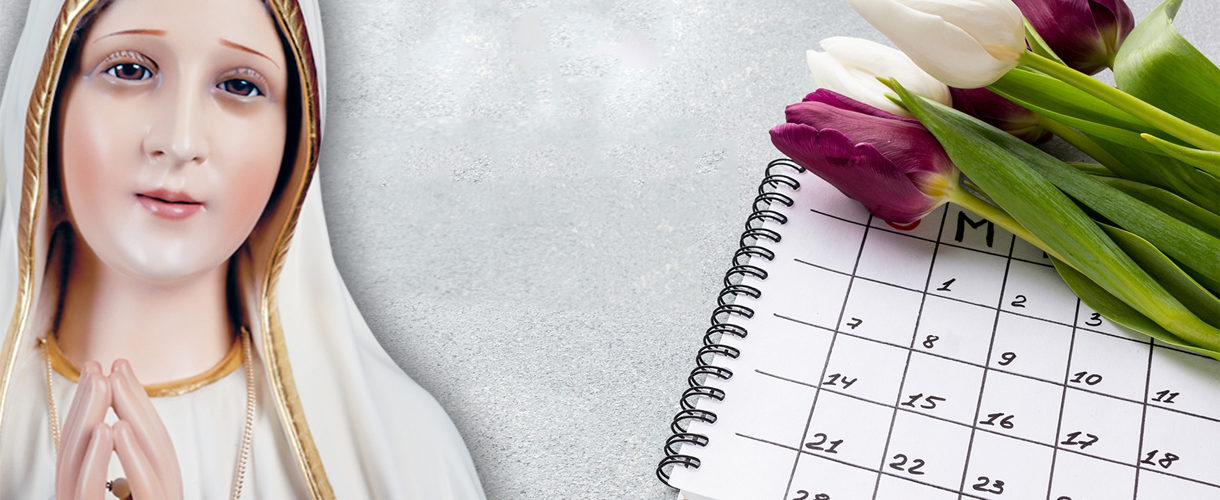
Our Lady Of Oropa
Country : Italy
Year : 380
The sanctuary of the black Virgin of Oropa, high in the Alps north of Biella, is traditionally associated with St. Eusebius of Vercelli, who died in 371; but the circumstances of the story are anachronistic. Yet the shrine is certainly an old one, and throughout the Middle Ages was associated with a Community of Canon Regulars.
The vast range of buildings there today was begun by the dukes of Savoy, early in the seventeenth century, and forms one of the most complete pilgrimage centers in the world (there is even a cinema theatre). It is recorded that here in 1895, contemplating the space and beauty of the mountains, Marconi heard the first call to his life’s work.
The black painted cedar-wood statue has been crowned four times, the last in 1920; the three superimposed diadems (the fourth is represented by a halo of twelve stars) can hardly be said to add to the beauty of the image.
St. Eusebius who had been exiled into Syria because of his differences with the Arians, died in the year 370. While in exile, the Emperor Constantine permitted him some freedom. Eusebius discovered among some ruins in Jerusalem three statues of Our Lady. On his triumphant return after the Arians had been temporarily overthrown, he gave two of the statues away. The third he kept for himself, placing it in a little hermitage at Oropa which he often visited.
In the 5th and 6th centuries when Arianism again reared its ugly head, the faithful Catholics took refuge at the shrine of Our Lady of Oropa.
At one time it was decided to transport the statue to another place. As the procession marched along, the statue became so heavy that the men who carried it could not move on. Only when they decided to take Our Lady back to her original shrine at Oropa were they able to move.
The chapel of Our Lady of Oropa is a beautiful one and thousands of pilgrims today make their way there as they have done over the centuries.
The Holy See asked the authorities in 1856 to make a list of the miracles recorded at the shrine. It is long and impressive. Then as now, Our Lady of Oropa has a way with her Divine Son.



